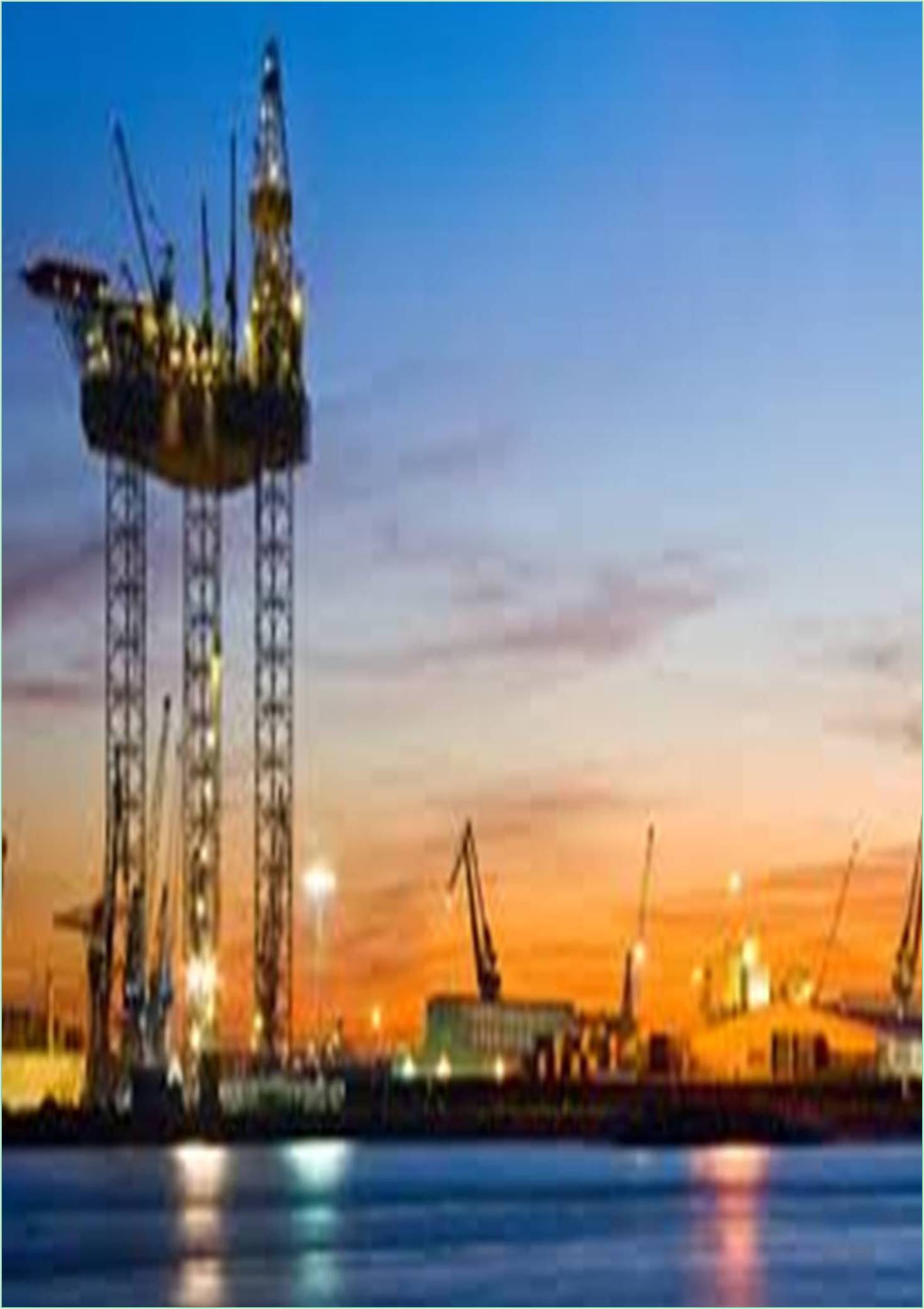



Received: 21-Nov-2022, Manuscript No. GJPRAF-22-84242; Editor assigned: 23-Nov-2022, Pre QC No. GJPRAF-22-84242 (PQ); Reviewed: 07-Dec-2022, QC No. GJPRAF-22-84242; Revised: 16-Dec-2022, Manuscript No. GJPRAF-22-84242 (R); Published: 26-Dec-2022, DOI: 10.15651/GJPRAF.22.1.015
Petroleum hydrocarbon-degrading bacteria are common in nature and can use these compounds as carbon and energy sources. Recently, microbial remediation technology has rapidly evolved and achieved significant gains. This technology, however, is not limitless. Many environmental factors influence its practical application, limiting the technology's large-scale application. The presence of Polycyclic Aromatic Hydrocarbons (PAHs) in soil and water is a major environmental concern because they are recalcitrant in nature. Physical and chemical methods such as volatilization, photo oxidation, chemical oxidation, and bioaccumulation are rarely successful in removing and cleaning up PAHs, and they are also unsafe and ineffective when compared to microbial bioremediation.
Petroleum hydrocarbons are important energy resources used by industry and in our daily lives. At the same time, petroleum plays an important role in moderating global temperatures. Petroleum has the potential to cause a variety of toxic effects due to its complex composition. Depending on the exposure, dosage, and organism exposed, it can cause acute lethal toxicity, sub-lethal chronic toxicity, or both. Some petroleum components have the potential to bio accumulate within susceptible aquatic organisms and be transferred to higher levels of the food chain via trophic transfer. The success of bioremediation technologies applied to hydrocarbon polluted environments highly depends on the biodegrading capabilities of native microbial populations or exogenous microorganisms used as inoculants. The presence of microorganisms with the appropriate metabolic capabilities is the most important requirement for oil spill bioremediation.
Communities that have been exposed to hydrocarbons adapt, displaying selective enrichment and genetic changes.
The adapted microbial communities can respond to the presence of hydrocarbon pollutants within hours and have higher biodegradation rates than communities that have never been exposed to hydrocarbons. As a result, the ability to isolate a large number of specific oil-degrading microorganisms from an environment is commonly interpreted as evidence that those microorganisms are the most active oil degraders in that environment and can be used in the bioremediation of petroleum oil-polluted sites. Because crude oil is a mixture of compounds and individual microorganisms metabolize only a limited range of hydrocarbon substrates, the biodegradation of crude oil necessitates a combination of different bacterial groups or consortia working to degrade a wider range of hydrocarbons. The influence of abiotic factors that impacted crude oil removal efficacy, including the concentration of crude oil, pH, salinity, and the presence of oil dispersant, on immobilized cells was evaluated.
Finally, according to the Arrhenius equation, accelerated storage testing was performed to determine the death rate constant of the immobilized product stored at different temperatures. The number of viable cells after storage was used to generate and validate a predicted shelf-life equation for immobilized Exiguobacterium sp. AO-11. The results from this research will provide a further theoretical basis and technical support for the development of bioremediation products for oil-polluted marine environments. Physical factors such as pH, crude oil concentration, and salinity play significant roles in the biodegradation of crude oil. Additionally, immobilized cells were used in combination with a chemical dispersant, and cells were reused for up to five cycles without any loss in activity. Furthermore, these immobilized cells could be stored in a plastic bag at room temperature for at least one month with continued viability and activity.